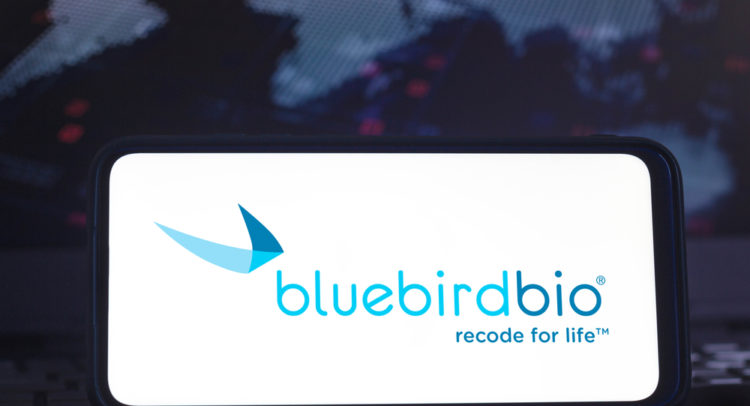Shares of bluebird bio (BLUE) came under intense selling pressure following the announcement of a clinical hold on its near-term pipeline candidate. The candidate in question, LentiGlobin, seemed poised for approval with stellar data accumulated thus far. The challenge facing BLUE is how to resolve the issues it encountered with one of its first patients (Cohort A) dosed with LentiGlobin five years ago, who developed acute myeloid leukemia (AML).
Don’t Miss TipRanks’ Half-Year Sale
- Take advantage of TipRanks Premium at 50% off! Unlock powerful investing tools, advanced data, and expert analyst insights to help you invest with confidence.
- Make smarter investment decisions with TipRanks' Smart Investor Picks, delivered to your inbox every week.
The critical product, LentiGlobin, was designed to treat sickle cell disease by placing a fully functional human beta-globin gene into the patient’s hematopoietic stem cell. The concept here is to “repair” the defective gene that causes red blood cells to form a sickle that may become lodged in veins, leading to what is known as sickle cell disease (SCD). In addition, the disease causes a reduction in oxygen levels that could lead to a sickle cell crisis. Symptoms include extreme fatigue, shortness of breath and mild to severe pain.
BLUE was further along than most competitors, posting robust long-term data, but the announcement of an AML case came as a shock. A few questions need to be resolved in order to determine whether this is a golden, de-risked buying opportunity or a massive disappointment.
The SCD patient population tends to have a higher overall risk of developing cancers, especially those involving the blood such as AML. There is a chance that the patient developed AML independent of the treatment, which would be a best-case scenario for BLUE investors. That said, the company has mentioned that the LentiGlobin vector was present in the AML cells, so further investigation is needed.
Additionally, a second patient in Cohort A developed Myelodysplastic syndrome (MDS) in 2018. Upon thorough investigation, it was determined that the development of MDS was independent of LentiGlobin. Instead, MDS was a direct result of underlying sickle cell disease.
To add even more fuel to the fire, a separate patient in Cohort C developed MDS approximately six months after the LentiGlobin infusion. At the time of writing, the company was unaware of the LentiGlobin vector being present, further clouding the outlook.
Potential Changes
Part of the treatment regimen to prep a patient for the LentiGlobin vector is Busulfan. Busulfan is a chemotherapeutic agent used to treat certain leukemias and is classified as a Class 1 Carcinogen. Busulfan was a mainstay treatment for chronic myeloid leukemia until recent advances have supplanted it due to a more benign side effect profile. The role of Busulfan will need to be investigated further, which opens the door for perhaps a revision of the routine before administering LentiGlobin.
It should be noted that the product has yielded impressive results, most notably with Cohort C showing virtually healthy red blood cells and a near absence of SCD 30 months after dosing. The company has treated 47 patients in total, so far. The key is to determine how to mitigate or eliminate the oncology risks, paving the way for a promising treatment to be brought to market.
Outlook
At its current perch, BLUE is a risk due to the clinical hold, however, an asymmetrical risk-reward scenario is now upon investors. BLUE’s current market cap is $1.73 billion, with $1.3 billion in cash and a plan to separate into two entities as BLUE spins off its oncology division. If BLUE can salvage LentiGlobin and ultimately gain approval for the therapy, it is worth many multiples of its current valuation. However, there are no guarantees that LentiGlobin is not an impaired product. A timely follow-up will be posted once a resolution is at hand.
What Wall Street Is Saying About BLUE
According to TipRanks, consensus among Wall Street analysts is a Hold based on 13 Hold and 4 Buy ratings. The average analyst price target of $44.15 implies upside potential of around 69% from current levels over the next 12 months. (See bluebird bio stock analysis on TipRanks)

Disclosure: On the date of publication, Alexander Poulos did not have (either directly or indirectly) any positions in the securities mentioned in this article.
Disclaimer: The information contained herein is for informational purposes only. Nothing in this article should be taken as a solicitation to purchase or sell securities.
















